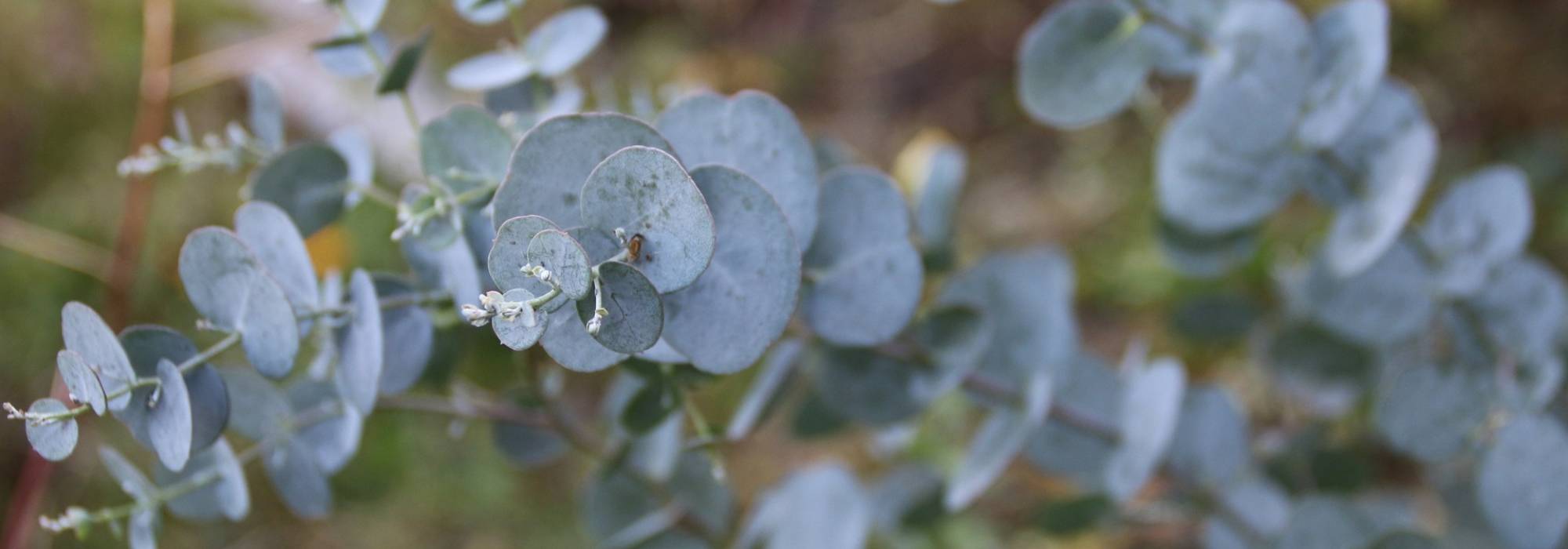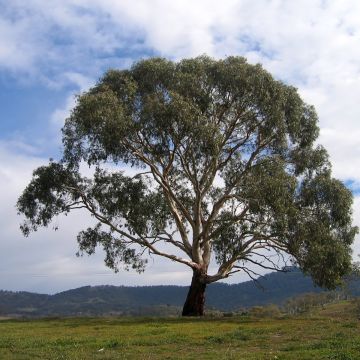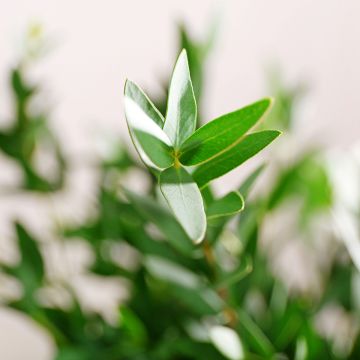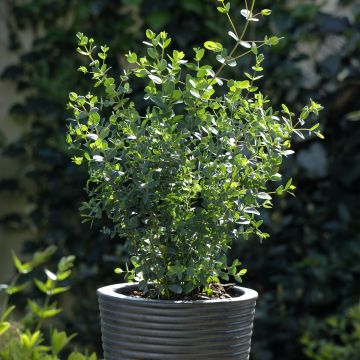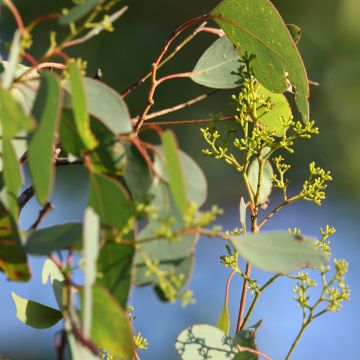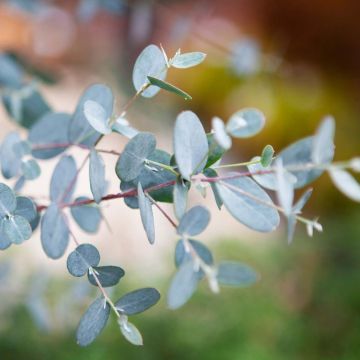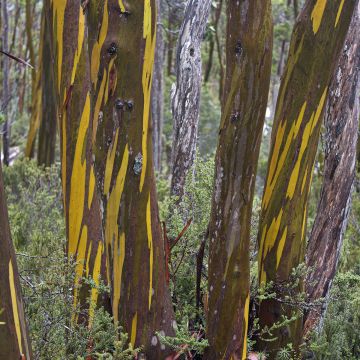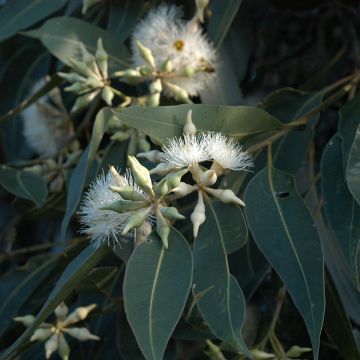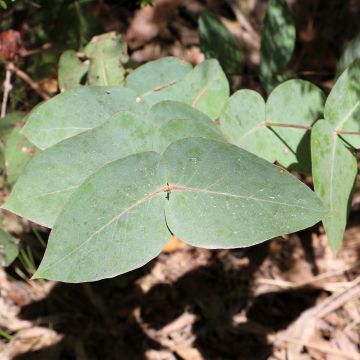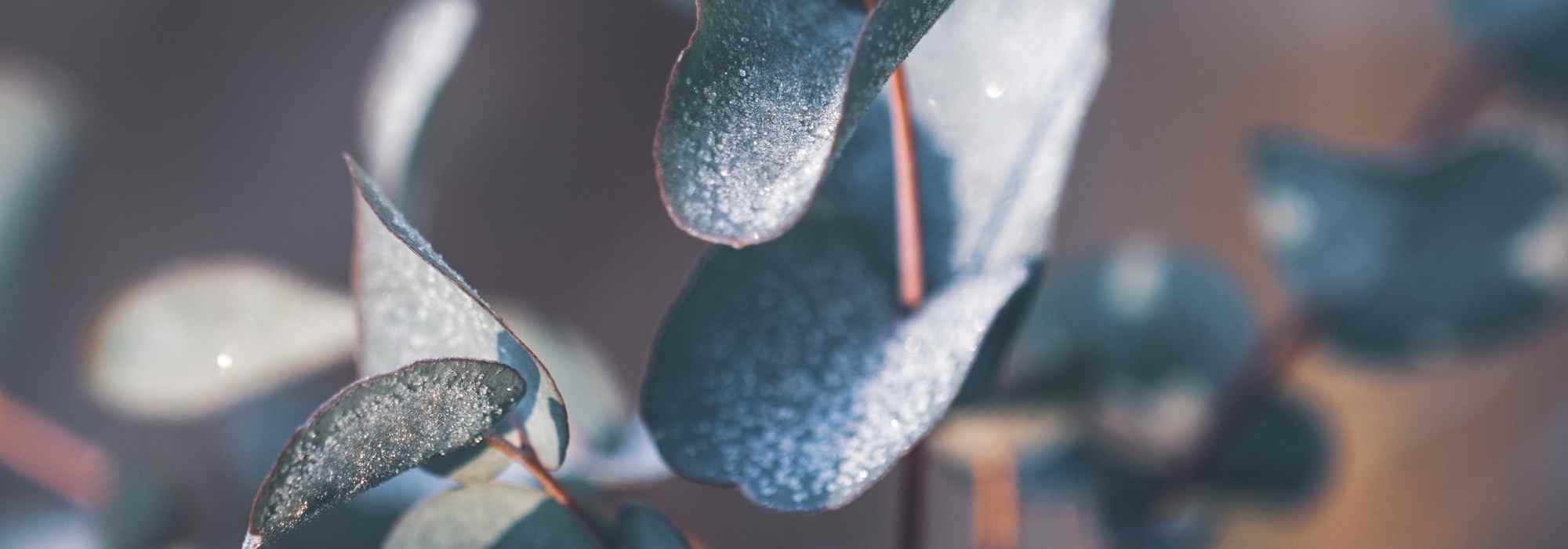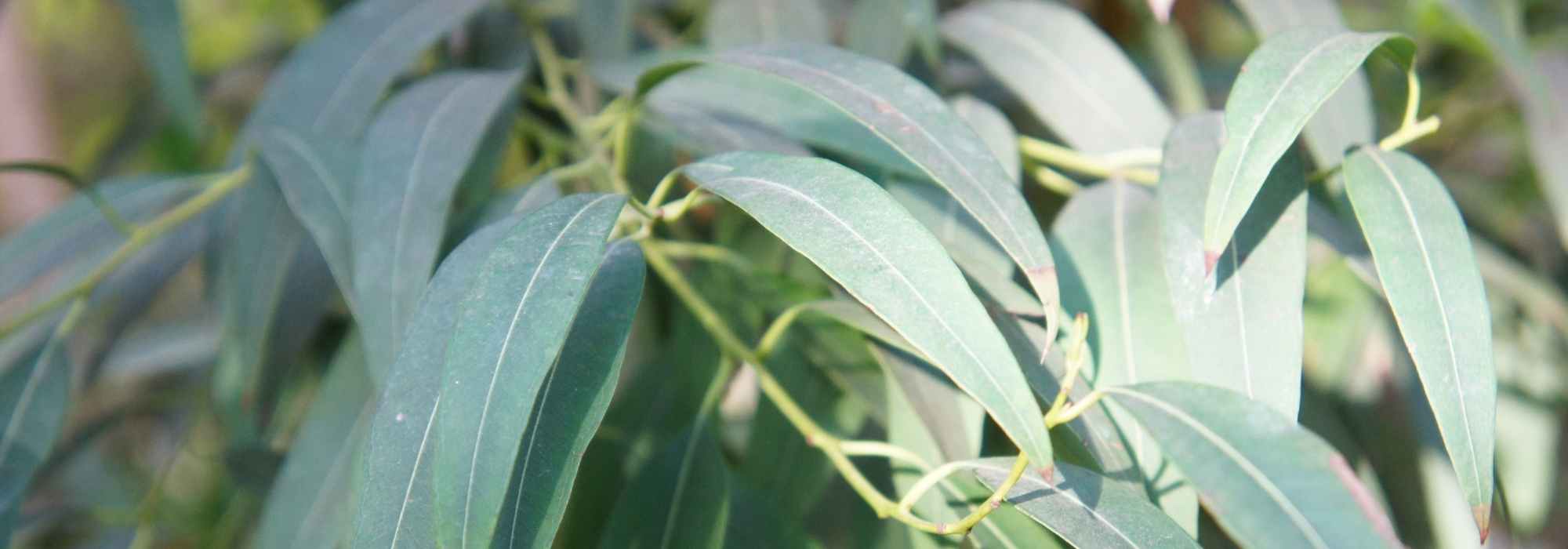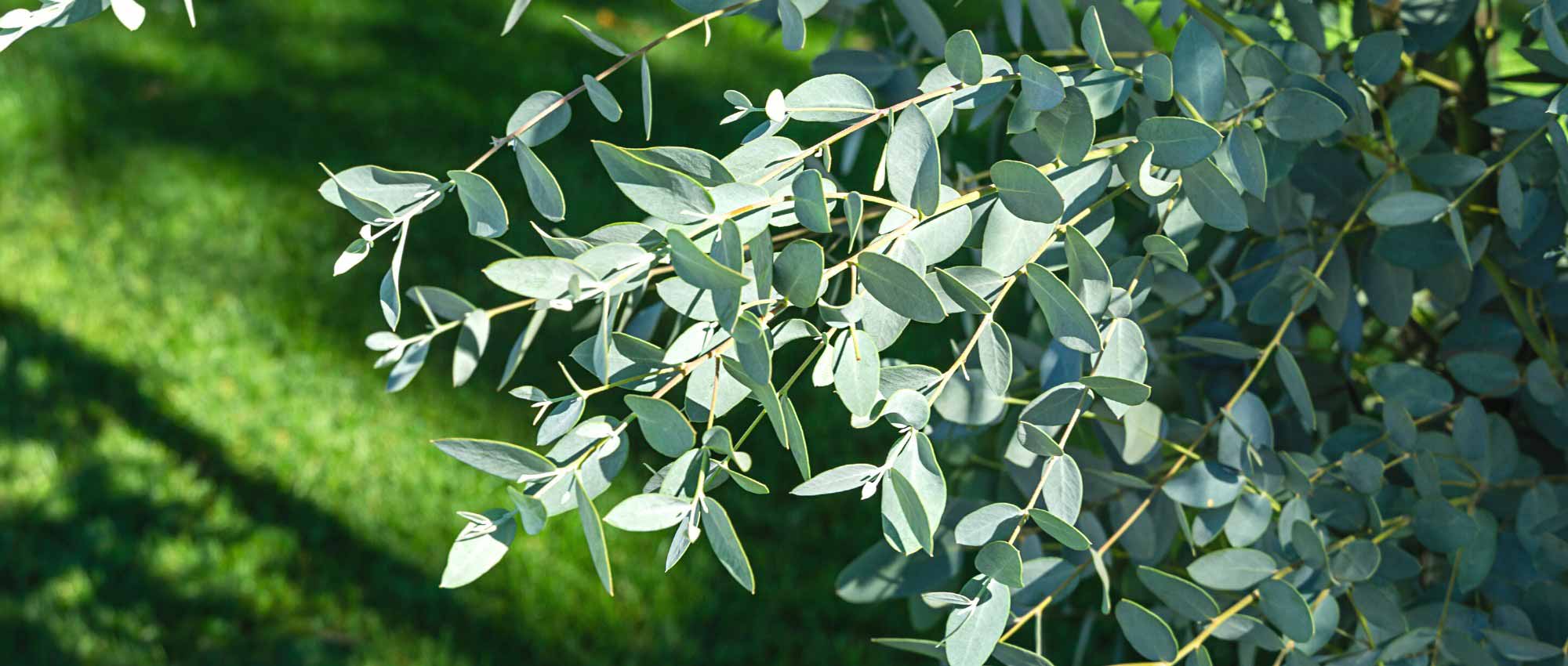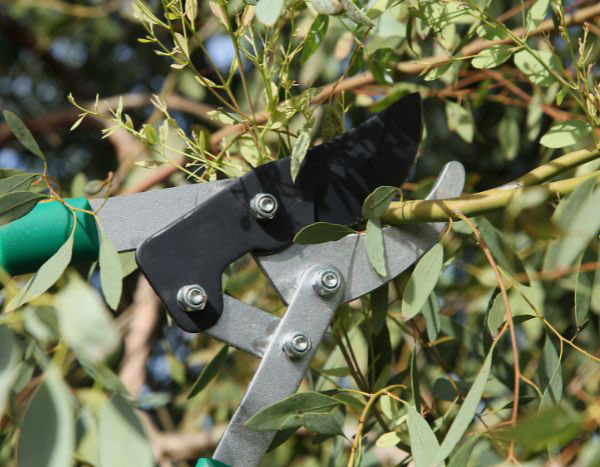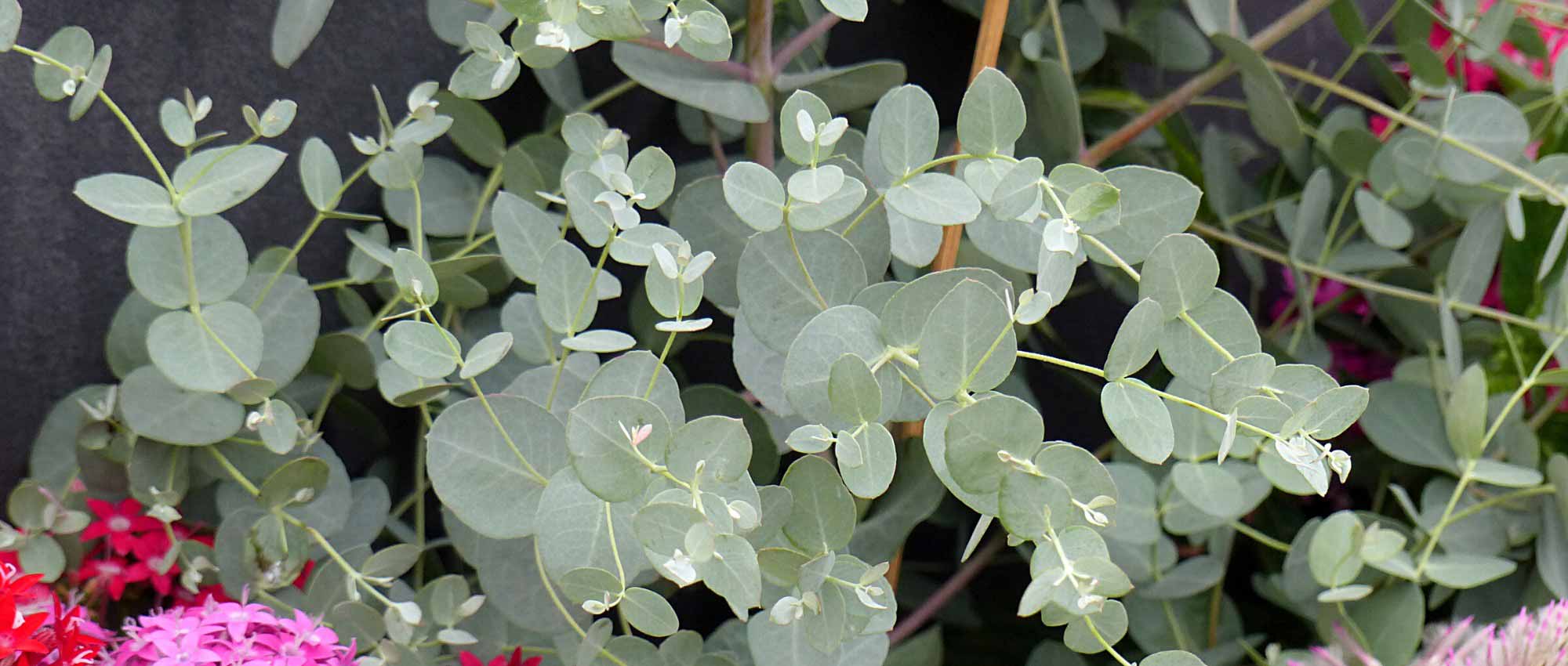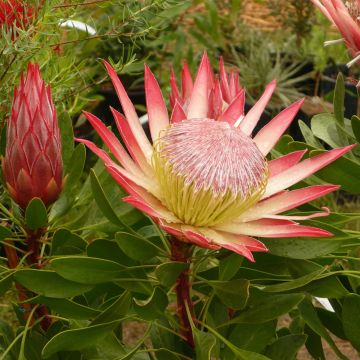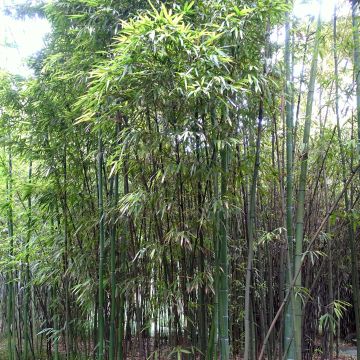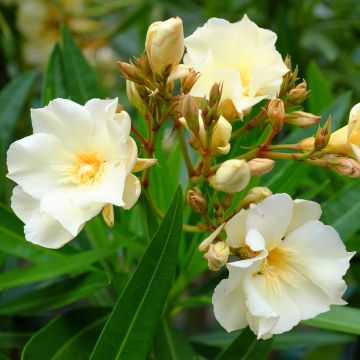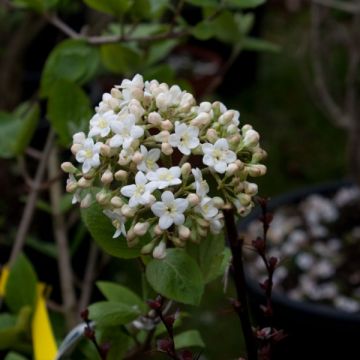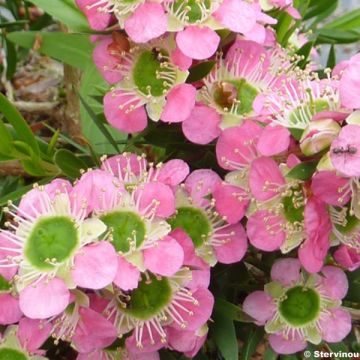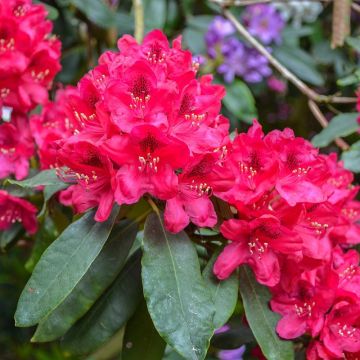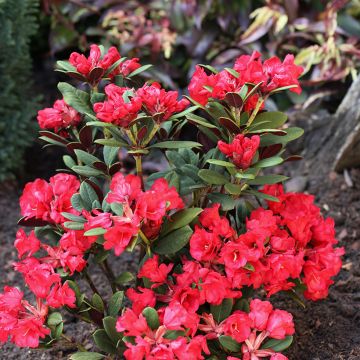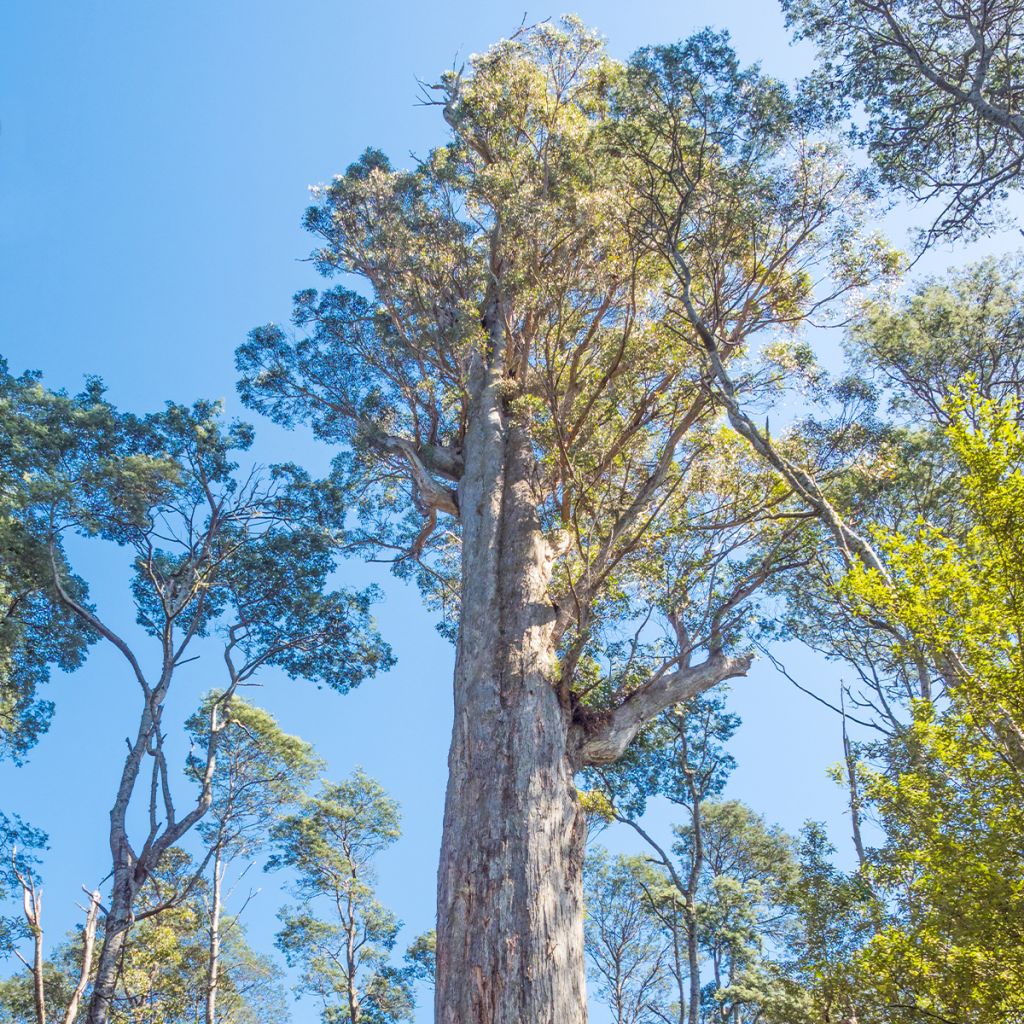

Eucalyptus obliqua
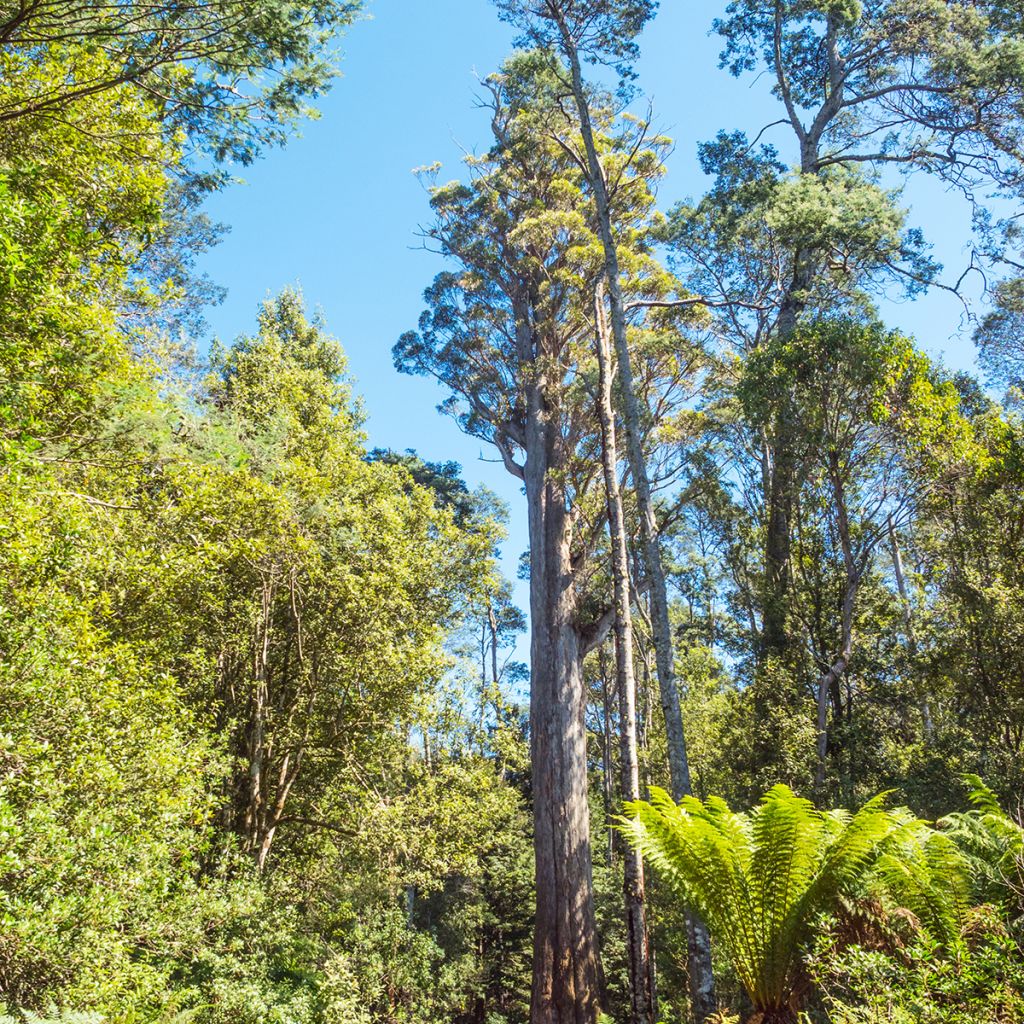

Eucalyptus obliqua
Eucalyptus obliqua
Eucalyptus obliqua
Messmate
Special offer!
Receive a €20 voucher for any order over €90 (excluding delivery costs, credit notes, and plastic-free options)!
1- Add your favorite plants to your cart.
2- Once you have reached €90, confirm your order (you can even choose the delivery date!).
3- As soon as your order is shipped, you will receive an email containing your voucher code, valid for 3 months (90 days).
Your voucher is unique and can only be used once, for any order with a minimum value of €20, excluding delivery costs.
Can be combined with other current offers, non-divisible and non-refundable.
Home or relay delivery (depending on size and destination)
Schedule delivery date,
and select date in basket
This plant carries a 24 months recovery warranty
More information
We guarantee the quality of our plants for a full growing cycle, and will replace at our expense any plant that fails to recover under normal climatic and planting conditions.
Would this plant suit my garden?
Set up your Plantfit profile →
Description
Eucalyptus obliqua is among the giants of the genus, capable of reaching nearly 90 m (295 ft 4 in) in height in its native regions. Forming a tree with a relatively narrow and very erect habit, this imposing tree is adorned with a thick and rough, brown or greying bark. Its evergreen foliage of a beautiful shiny green is decorative all year round. In spring, small white pompom-like flowers appear, but this flowering remains quite discreet given the dimensions of the tree. Resistant to wind, it requires a neutral to acidic, well-drained soil, and grows well in a humid climate. Its low hardiness limits the possibilities of acclimatising it.
Eucalyptus obliqua belongs to the large family of Myrtaceae, like the Callistemon (Bottlebrush), the Feijoa or of course the Myrtle. The Eucalyptus genus includes more than 800 species, almost all native to Australia, except for a few from Southeast Asia. Some form small bushes, while E. regnans is the giant of the genus, closely followed by E. obliqua.
This species originates from a wide area extending from southern to eastern Australia (States of South Australia, Victoria, New South Wales, to southern Queensland), as well as almost all of Tasmania. It grows just as well in coastal areas, on hillsides or in cool mountainous situations, up to 1200 m (3937 ft) in altitude. It develops on various types of soil, always well-drained, in humid forests, along with other large Eucalyptus species, such as E. nitens. Over such a vast geographical area, this tree is confronted with different climates, including warm summer temperatures, light but frequent frosts in winter, and annual rainfall from 500 mm (19.7 in) to over 2 m (6 ft 7 in).
This monumental tree, the largest living specimen currently measures 86 m (282 ft 2 in) in height (in the past, subjects approaching 100 m (328 ft 1 in) in height have been identified...) forms an endless trunk whose diameter can reach 3 m (9 ft 10 in). It also has the quite common characteristic among Eucalyptus, of developing a lignotuber, an underground formation rich in starch intended to rebuild the above-ground part in case of destruction (especially by fire). It thus has the ability to regrow from the stump, with many axillary buds developing in all directions.
Growing in a forest, this tree generally has a rather erect habit due to the competition between individuals. Planted alone, its crown opens and takes on a more spreading aspect. The massive trunk is covered with thick and rough bark, fibrous or stringy in appearance (hence its English name of stringybark). This bark extends to the branches, although sometimes those of small diameter have smooth bark.
The juvenile foliage has more or less ovate leaves, with a slightly wider base and a refined tip, measuring from 6 to 21 cm (2.4 to 8.3 in) long and 2.3 to 8.5 cm (0.9 to 3.3 in) wide. The green leaves carried by short petioles are opposite. Adult leaves have roughly the same format, albeit slightly narrower, lanceolate to slightly crescent in shape. Green with a shiny surface, they are easily recognised by their asymmetrical base, one of the edges of the lamina descending lower than the other, which gave this species its scientific name (from the Latin obliquus). This foliage is appreciated by koalas who are fond of it.
Flowering can occur almost all year round in Australia and is spread between March and June in our climates. Small white flowers, formed by the stamens (the petals are absent) are grouped in umbels of 11 to 15, thus forming pompoms in the axil of the leaves. They then evolve into fruits, brown urn-shaped capsules, without ornamental interest.
This giant tree appreciates humid, moist climates, but also accepts hot summers, provided it does not suffer from long drought. It withstands some cold, down to about -5°C, which restricts the possibility of acclimatising it.
Eucalyptus obliqua will mainly interest collectors in areas with high rainfall. It will form a monumental subject planted alone on a lawn or in the background of a group. It is estimated that it could then reach 45 m (147 ft 7 in) in height for 15 to 20 m (49 ft 2 in to 65 ft 7 in) in width, which requires having a large plot for it. You can plant tree ferns at its foot, also lovers of humidity, to create a beautiful exotic scene. To further enhance this effect, why not be tempted by Wollemia nobilis, a rare Australian conifer with superb branches reminiscent of this distant continent.
Eucalyptus obliqua in pictures
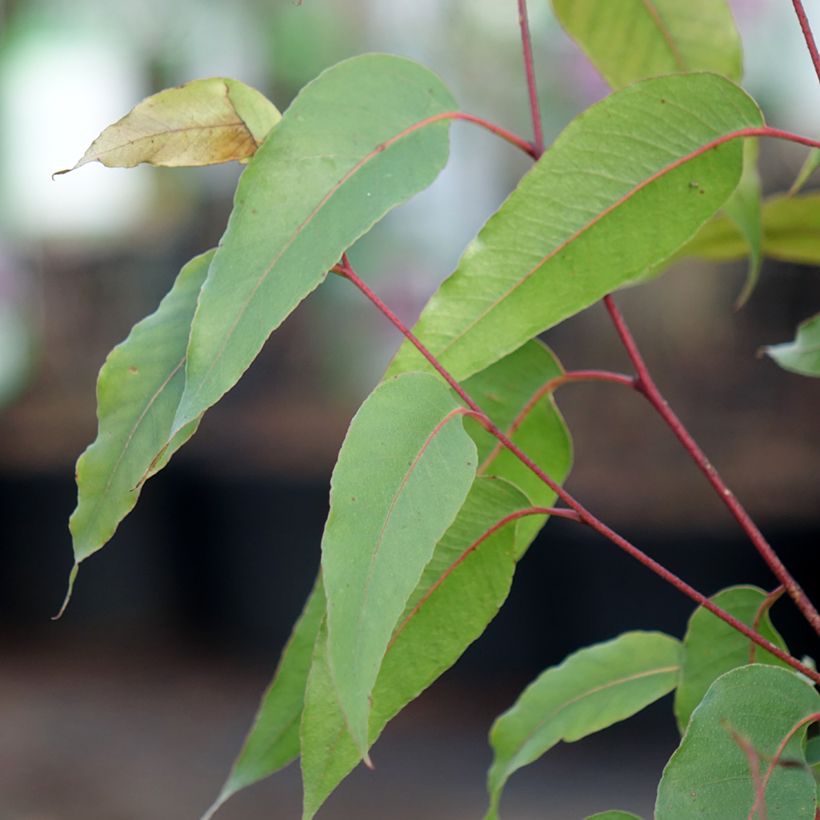



Plant habit
Flowering
Foliage
Botanical data
Eucalyptus
obliqua
Myrtaceae
Messmate
Australia
Other Eucalyptus
View all →Planting and care
Eucalyptus obliqua can be planted in the mildest areas where frosts are light and rainfall generous. It should be kept in mind that it prefers humidity to drought, which it cannot tolerate if it lasts. It needs a neutral or slightly acidic soil, moderately fertile and especially well drained. Choose a location where it will have room to develop without competition for sunlight. Therefore, a solitary planting on a lawn is recommended, or possibly in the background of a group of shrubs.
Plant it in the spring after the last frosts so that it has time to root well before the following winter. Water regularly for 2 or 3 years. The first year, it will devote its energy to sending a deep pivot into the soil, then lateral roots, in order to anchor itself well. It is from the second year that it will really start to shoot. A lover of humidity, it is nonetheless able to withstand short dry spells, occasional watering will always be welcome. It is also a tree that is not averse to wind.
Planting period
Intended location
Care
Planting & care advice
This item has not been reviewed yet - be the first to leave a review about it.
Similar products
Haven't found what you were looking for?
Hardiness is the lowest winter temperature a plant can endure without suffering serious damage or even dying. However, hardiness is affected by location (a sheltered area, such as a patio), protection (winter cover) and soil type (hardiness is improved by well-drained soil).

Photo Sharing Terms & Conditions
In order to encourage gardeners to interact and share their experiences, Promesse de fleurs offers various media enabling content to be uploaded onto its Site - in particular via the ‘Photo sharing’ module.
The User agrees to refrain from:
- Posting any content that is illegal, prejudicial, insulting, racist, inciteful to hatred, revisionist, contrary to public decency, that infringes on privacy or on the privacy rights of third parties, in particular the publicity rights of persons and goods, intellectual property rights, or the right to privacy.
- Submitting content on behalf of a third party;
- Impersonate the identity of a third party and/or publish any personal information about a third party;
In general, the User undertakes to refrain from any unethical behaviour.
All Content (in particular text, comments, files, images, photos, videos, creative works, etc.), which may be subject to property or intellectual property rights, image or other private rights, shall remain the property of the User, subject to the limited rights granted by the terms of the licence granted by Promesse de fleurs as stated below. Users are at liberty to publish or not to publish such Content on the Site, notably via the ‘Photo Sharing’ facility, and accept that this Content shall be made public and freely accessible, notably on the Internet.
Users further acknowledge, undertake to have ,and guarantee that they hold all necessary rights and permissions to publish such material on the Site, in particular with regard to the legislation in force pertaining to any privacy, property, intellectual property, image, or contractual rights, or rights of any other nature. By publishing such Content on the Site, Users acknowledge accepting full liability as publishers of the Content within the meaning of the law, and grant Promesse de fleurs, free of charge, an inclusive, worldwide licence for the said Content for the entire duration of its publication, including all reproduction, representation, up/downloading, displaying, performing, transmission, and storage rights.
Users also grant permission for their name to be linked to the Content and accept that this link may not always be made available.
By engaging in posting material, Users consent to their Content becoming automatically accessible on the Internet, in particular on other sites and/or blogs and/or web pages of the Promesse de fleurs site, including in particular social pages and the Promesse de fleurs catalogue.
Users may secure the removal of entrusted content free of charge by issuing a simple request via our contact form.
The flowering period indicated on our website applies to countries and regions located in USDA zone 8 (France, the United Kingdom, Ireland, the Netherlands, etc.)
It will vary according to where you live:
- In zones 9 to 10 (Italy, Spain, Greece, etc.), flowering will occur about 2 to 4 weeks earlier.
- In zones 6 to 7 (Germany, Poland, Slovenia, and lower mountainous regions), flowering will be delayed by 2 to 3 weeks.
- In zone 5 (Central Europe, Scandinavia), blooming will be delayed by 3 to 5 weeks.
In temperate climates, pruning of spring-flowering shrubs (forsythia, spireas, etc.) should be done just after flowering.
Pruning of summer-flowering shrubs (Indian Lilac, Perovskia, etc.) can be done in winter or spring.
In cold regions as well as with frost-sensitive plants, avoid pruning too early when severe frosts may still occur.
The planting period indicated on our website applies to countries and regions located in USDA zone 8 (France, United Kingdom, Ireland, Netherlands).
It will vary according to where you live:
- In Mediterranean zones (Marseille, Madrid, Milan, etc.), autumn and winter are the best planting periods.
- In continental zones (Strasbourg, Munich, Vienna, etc.), delay planting by 2 to 3 weeks in spring and bring it forward by 2 to 4 weeks in autumn.
- In mountainous regions (the Alps, Pyrenees, Carpathians, etc.), it is best to plant in late spring (May-June) or late summer (August-September).
The harvesting period indicated on our website applies to countries and regions in USDA zone 8 (France, England, Ireland, the Netherlands).
In colder areas (Scandinavia, Poland, Austria...) fruit and vegetable harvests are likely to be delayed by 3-4 weeks.
In warmer areas (Italy, Spain, Greece, etc.), harvesting will probably take place earlier, depending on weather conditions.
The sowing periods indicated on our website apply to countries and regions within USDA Zone 8 (France, UK, Ireland, Netherlands).
In colder areas (Scandinavia, Poland, Austria...), delay any outdoor sowing by 3-4 weeks, or sow under glass.
In warmer climes (Italy, Spain, Greece, etc.), bring outdoor sowing forward by a few weeks.






























